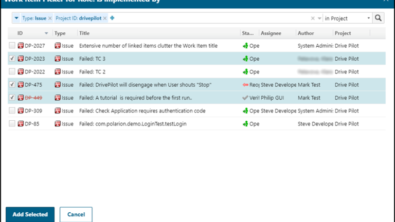Self-Driving Cars? You May Not Need to Own a Vehicle
Will you need to own a car in the future? Are self-driving cars going to replace the need for driving and car ownership?
It’s incredible to think instead of purchasing gas, we could instead buy seat-miles for vehicles parked in public stalls controlled by robots. Technology is becoming even more prominent in modern cars and trucks, driving a looming revolution of autonomy with sensors packed under dashboards and hoods.
The automotive industry is feeling the technology disruption – so our children and grandchildren may not need to own a car, or even learn how to drive.

For more than 50 years, teenagers receiving a driver’s license and cruising around was seen as a rite of passage. That could be changing as autonomous, ride-sharing vehicles would ease traffic, improve safety, and reduce pollution.
It’s hard to imagine a time when driving a car will be like riding a horse; some of us will choose to do it, but the majority of the population won’t see the need to bother.
How the Auto Industry Reached This Point
It’s easier to envision the future if we take a look back to how we got here. Prior to World War I, there were less than 7 million cars in the United States – and that number quickly ballooned up to 27 million by 1929, with almost one car for every household.
Car ownership was viewed as a sign of wealth, or pride and independence, but “there will come a time when driving the car is like riding the horse,” noted futurist Peter Schwartz.
Auto Industry Facing Multiple Technological Changes
Auto industry analysts are curious to see what happens, predicting there will be pressure on dealerships – as car manufacturers, rental companies, and taxi companies try to adjust to a consolidated marketplace.
The progression of self-driving vehicles is happening rapidly, even if three out of every four American drivers are “afraid” to ride in self-driving vehicles, according to a recent AAA survey.
What is Ahead for the Auto Industry
Traditional automakers are doing their own levels of autonomous technology, but Google will continue to receive much attention. The company has developed modified Lexus SUVs and its own self-driving pod – and earlier this year, they logged over 1 million miles on roads in California, Texas, and Washington.
It’s not just manufacturers interested in autonomous cars, with future campaigns aimed at educating drivers. Ride-sharing service Uber reportedly plans to buy a fleet of Mercedes S-Class cars for autonomous driving testing.
Final Thoughts
We can’t predict the future, because something like this has never happened before. Sooner or later, expect autonomous vehicles to be on the road, whether it’s private ownership – or some type of ride-sharing service, in which passengers will be able to face one another while chatting. While the future is unclear, here are some resources that are helping with the trends that are happening right now:
Click image to download



